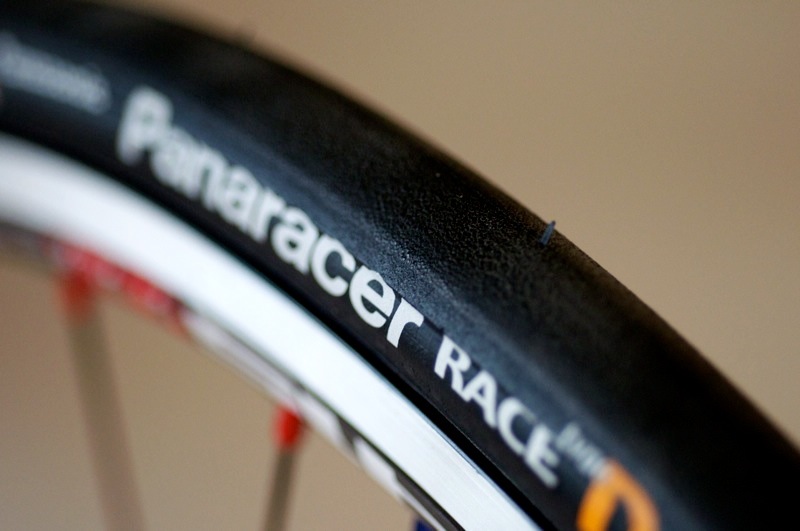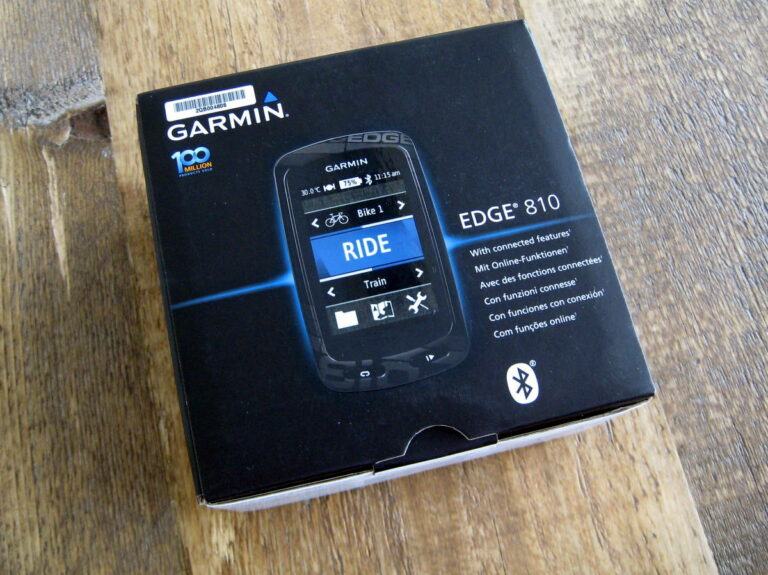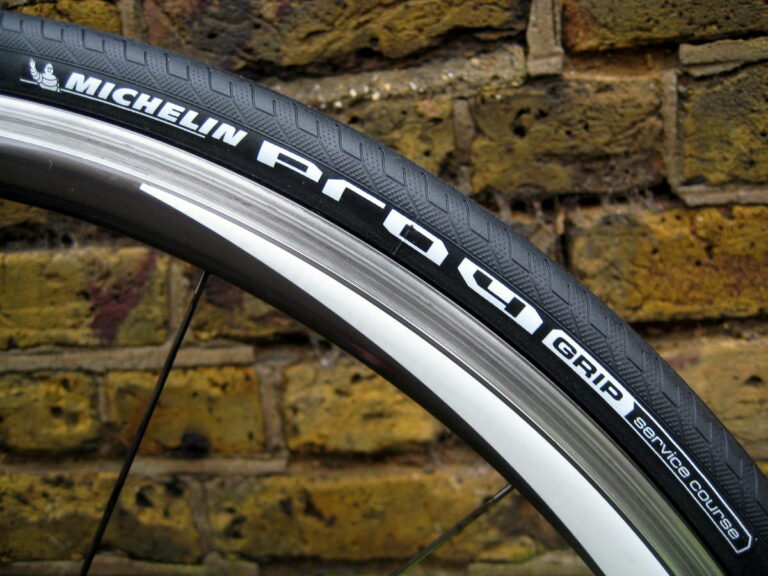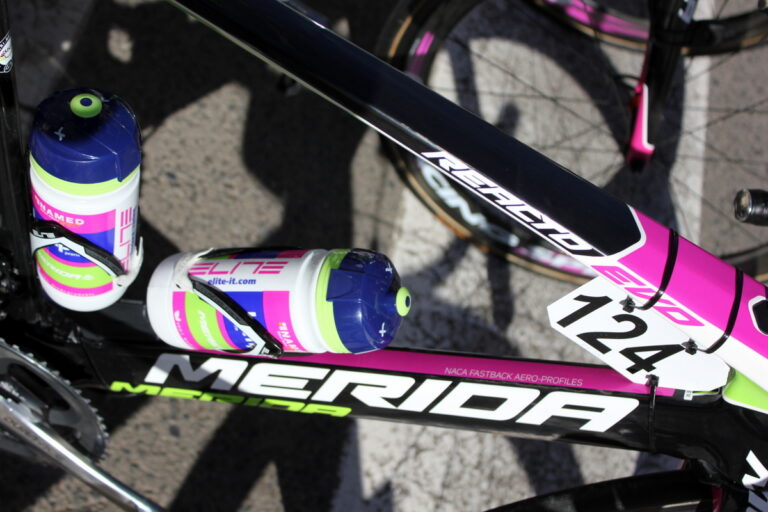Panaracer’s Race Type D tyres are grippy, reliable, and exceptionally resistant to punctures, but lack suppleness and have a rolling characteristic best described as ‘draggy’.
They have shod the Test Rig’s default wheels (DT Swiss builds: hubs from an old set of 1450 Mon Chasseral, laced with DT spokes to RR415 rims) for two months since our ‘first look’ (check here for a detailed description of tread, compound, and profile), and in that time completed significant mileage.
Grip levels have been good, even in the slippery conditions on the country roads that make up our test loops: highways thoroughly covered by grit and mud washed on to the tarmac by the recent deluge.

Such a high volume of debris typically increases the likelihood of punctures, but in this respect, the Race Type D has been exceptional. Where lightweight, softer compound summer tyres might have been cut by sharp stones and slashed, the Race Type D has remained impervious to such attack.
Much of the credit is due to the Panaracer’s PT Protection band, but perhaps we shouldn’t overlook the contribution of the Voss inner tubes, still going strong and rapidly accruing the status of lucky charms.
The Race Type D has a central ridge, but I can’t say with any certainty that it reduced rolling resistance. A tyre’s tendency to deform at the lower, seasonally-appropriate 80 to 90 psi pressures at which our tests have been completed may have diminished its effect.
The grippier compound at the edge of the tyre made its presence felt on a few occasions, but generally these are a draggy set of tyres. The carcass has a limited thread count (66tpi), which lacked suppleness in comparison to, say, the Continental 4 Season (something of a winter benchmark tyre for this tester, but with a higher thread count and price than the tyre under discussion here).
To conclude, there is little to fault with the Panaracer Race Type D, a tyre that has proven dependable and durable, and by doing so, lived up to its billing (to ask more would be unfair – products rarely exceed their manufacturer’s optimistic claims).
While they didn’t ignite our passion for the bike during any of the numerous rides in our two-month test period, failing to offer any great compliance on rough ground or stunning levels of grip on damp climbs, they proved reliable and trustworthy: welcome characteristics in a new pair of winter boots, we’d say.





